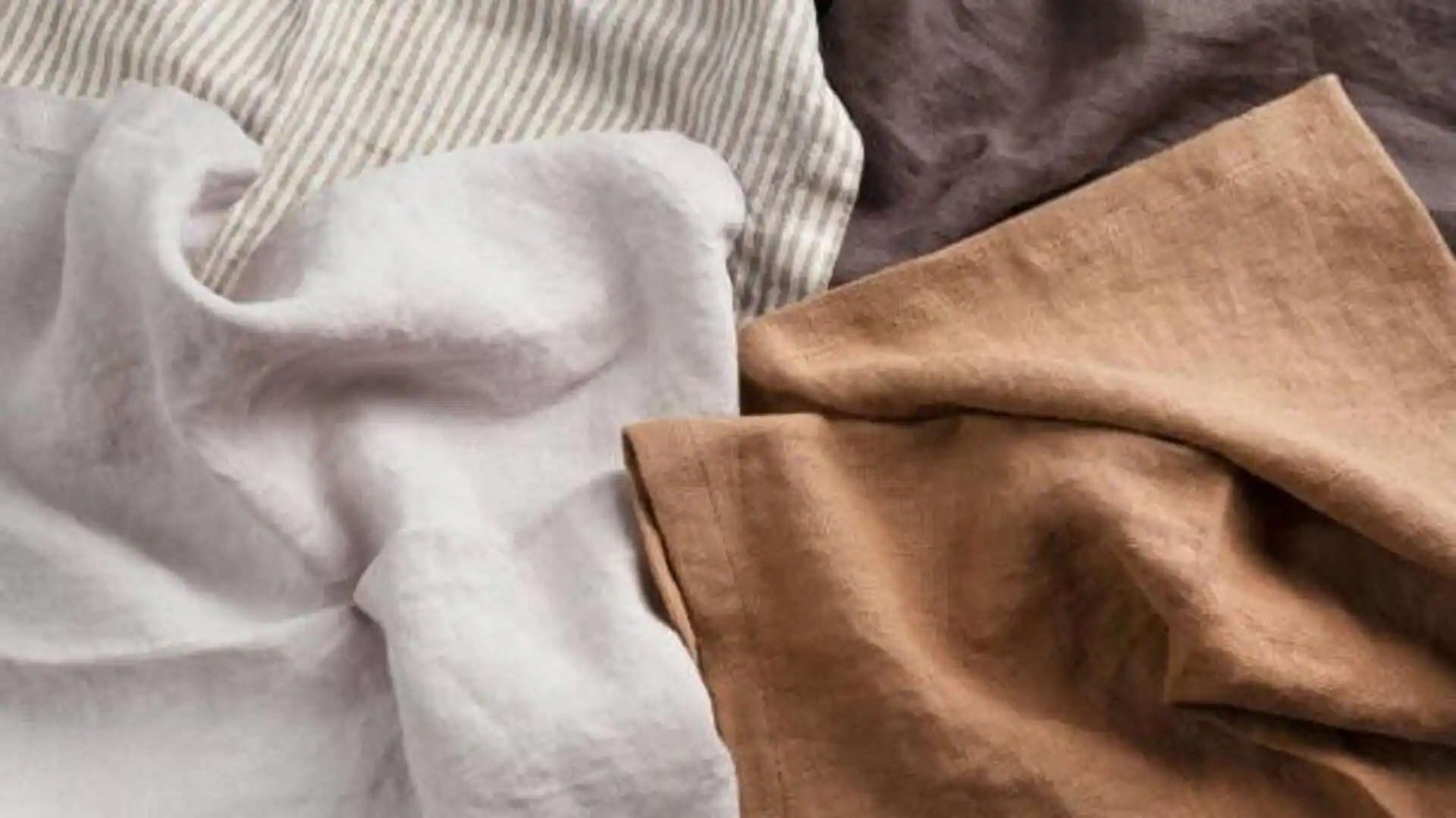Copyright newsbytesapp

African monsoon fabrics are the best bet to beat humidity in style. These fabrics are known for their breathability and moisture-wicking properties, making them ideal for humid weather. The vibrant patterns and colors of these fabrics add a touch of culture and elegance to any wardrobe. By choosing these materials, you can stay comfortable and fashionable even when the weather is at its most uncomfortable. Cotton is a staple in African monsoon fabrics, thanks to its breathability. The natural fiber allows air to circulate, keeping you cool in humid conditions. Cotton also absorbs moisture efficiently, which helps keep sweat at bay. From traditional prints to modern designs, cotton offers versatility for all occasions. Linen is another amazing fabric that works wonders in humid climates. Made from flax fibers, linen is lightweight and has a natural ability to wick away moisture from the body. It dries quickly when wet, making it perfect for those unexpected rain showers during the monsoon season. The textured look of linen adds an element of sophistication to any outfit. Batik is a traditional African fabric famous for its intricate patterns made with wax-resist dyeing techniques. Not only are these designs visually stunning, but they are also functional. Batik fabrics are made from cotton or silk blends that allow breathability while retaining vibrant colors even after multiple washes. Wearing batik during the monsoon can make you stand out while staying comfortable. Kente cloth is a beautifully woven fabric that comes from West Africa. It is known for its bright colors and geometric patterns that carry cultural significance. While Kente cloths are usually made from silk or cotton blends, they are breathable enough to wear in humid weather. This makes them a perfect choice for traditional ceremonies or casual outings alike. To keep your African monsoon fabrics looking their best, wash them with mild detergents and cold water. Avoid direct sunlight when drying as it may cause fading over time; instead, hang them in shaded areas where there's good ventilation. Iron on low heat settings if needed, but always check care labels first before proceeding with any ironing techniques.



